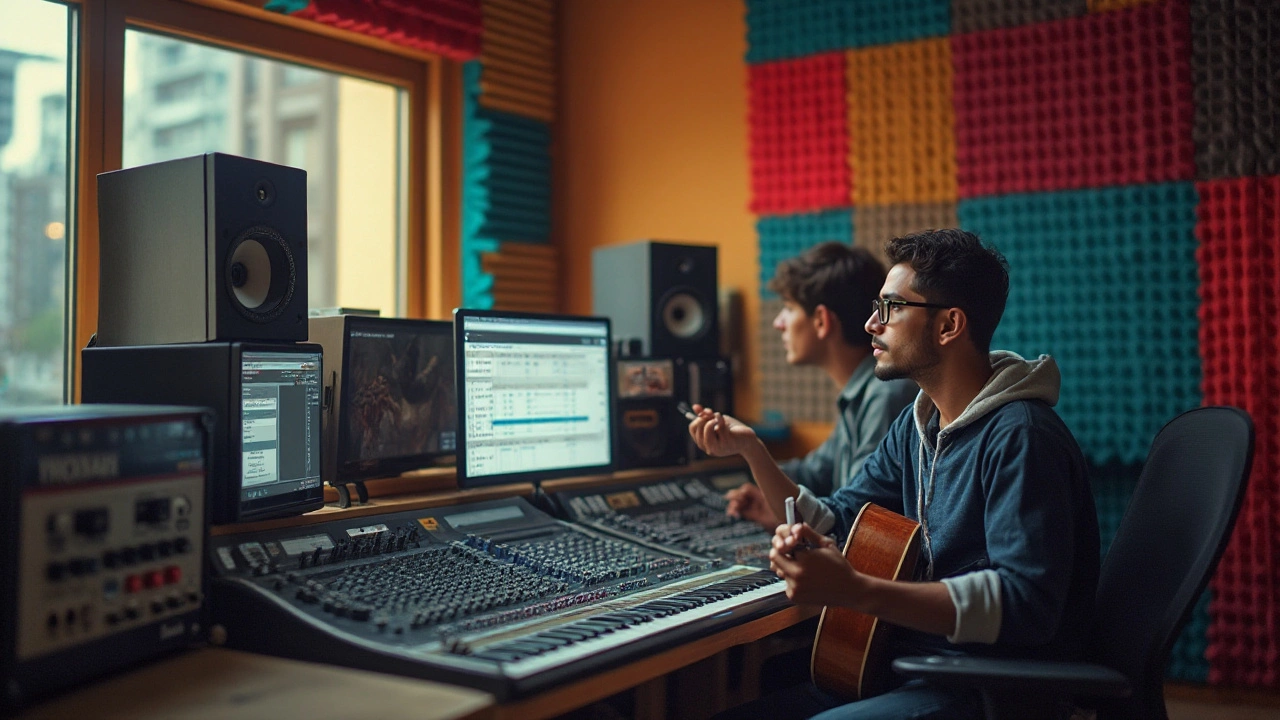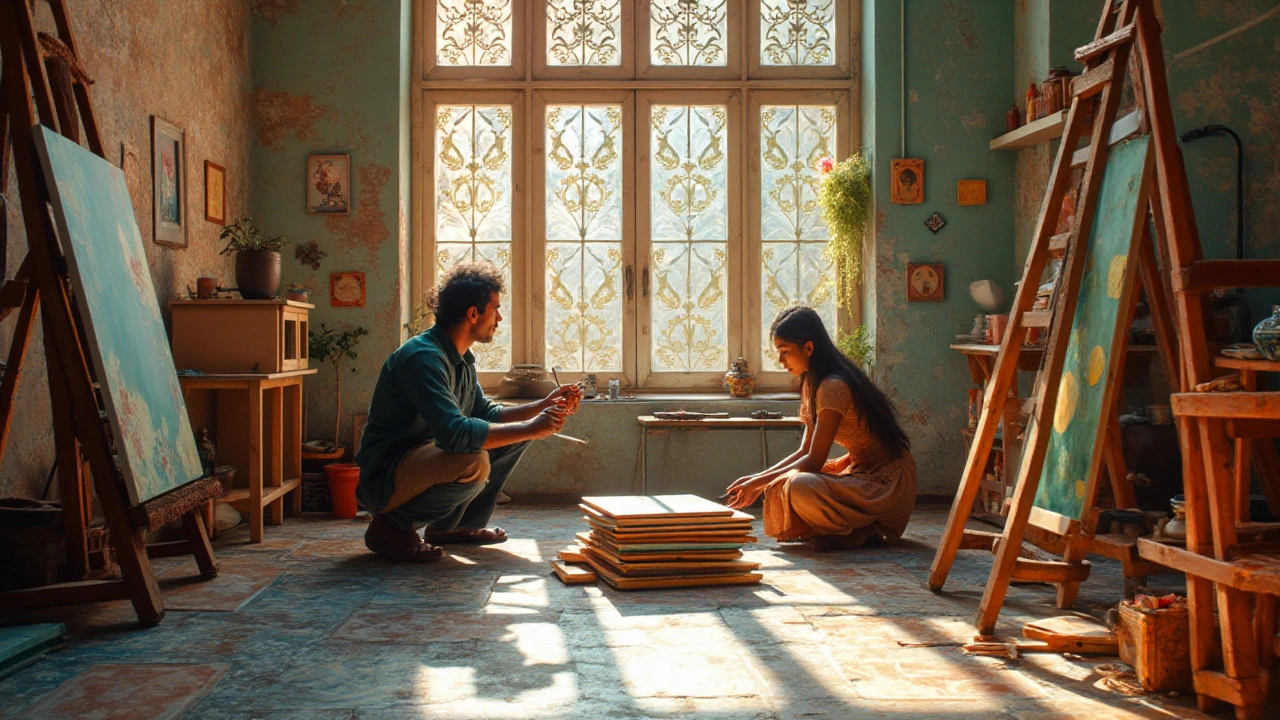Studio Setup: Turn Any Space Into a Working Photo Studio
Want a place where you can shoot portraits, product shots, or creative projects without renting a commercial space? A solid studio setup doesn’t need a fancy warehouse or a huge budget. All you need is a clear plan, a few key pieces of gear, and a bit of know‑how. Below you’ll find the essentials to get you shooting the next day.
Pick the Right Space and Plan the Layout
First thing: choose a room with a flat ceiling and enough floor space to move around. A spare bedroom, an attic, or even a garage works if you can control the light. Measure the dimensions and sketch a quick floor plan. Mark where the main backdrop will go, where you’ll place your main light, and where the camera will sit. Keep a clear zone of at least 4‑5 feet behind the subject so you can adjust angles without bumping into walls.
Ventilation matters – you’ll be working with hot lights, so a fan or a window that opens is a plus. If the room has windows, think about blackout curtains or blinds. Controlling natural light makes your results consistent and saves you from unexpected color shifts.
Lighting Basics: What You Really Need
Good lighting beats expensive cameras every time. Start with two softboxes or umbrella lights: one as the key (main) light and another as a fill. Position the key light at a 45‑degree angle to the subject, a little higher than eye level, and point it slightly down. The fill light goes on the opposite side, lower intensity, to soften shadows.
If you can stretch the budget, add a third light as a hair or rim light. This tiny kicker separates the subject from the background and adds depth. All three lights can be powered by regular AC outlets – no need for special generators.
Don’t forget light modifiers. A simple white sheet can act as a reflector, bouncing light back onto the face. A cheap gold reflector adds a warm tone for portrait work. Experiment with distance: moving a light closer makes it softer, moving it farther makes it harsher.
Backdrops and Flooring Made Easy
Backdrops give your photos a clean look. A roll of seamless paper (white, gray, or black) is cheap and versatile. Hang it from a sturdy backdrop stand or a simple PVC frame. If you need texture, a fabric backdrop (muslin or canvas) works just as well and can be washed.
For flooring, a plain rubber mat or a painted plywood sheet eliminates unwanted reflections. If you shoot product photos, a light‑colored matte board can serve as a quick tabletop.
Budget Gear Checklist
- Camera and lens you already own – a 50mm prime is perfect for portraits.
- Two softbox or umbrella lights (around $70‑$120 each).
- Light stands (adjustable, sturdy).
- Backdrop stand or DIY PVC frame.
- Seamless paper roll or fabric backdrop.
- Reflectors (white, silver, gold – can be homemade).
- Power strips and extension cords.
All of the above can be bought online or at a local photography store for under $500. If you’re tight on cash, look for used gear on marketplaces – many photographers upgrade and sell older equipment in great condition.
Quick Tips to Keep Your Studio Running Smoothly
Label cables. Color‑code or use tape to know which cord belongs to which light. One minute you’re adjusting a light, the next you’re pulling the wrong cable and the whole setup goes dark.
Stay organized. Keep a basket for gels, filters, and batteries. A clutter‑free floor speeds up set‑ups and reduces accidents.
Test before you shoot. Turn on all lights, check white balance, and take a test shot. Small tweaks now prevent wasted time later.
Maintain consistency. Write down your light distances, power settings, and backdrop colors in a simple notebook. The next time you need the same look, you’ll have exact numbers to copy.
With these steps, you can create a functional studio setup that grows with you. As your business expands, add more lights, a larger backdrop system, or a dedicated sound‑proof room. But the core – space, lighting, background, and organization – stays the same. Start simple, stay organized, and watch your photos improve instantly.

